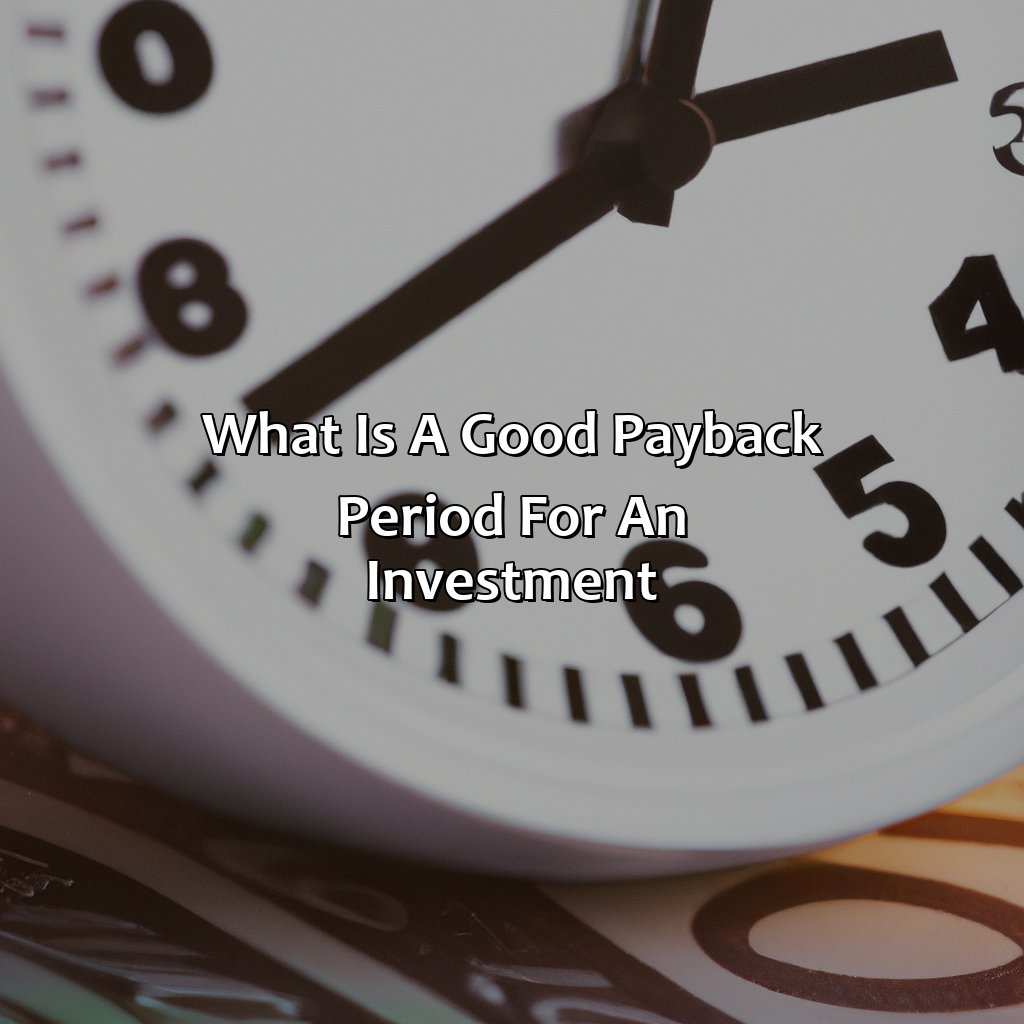What Is A Good Payback Period For An Investment?
Key Takeaway:
- A good payback period for an investment varies based on factors such as the type of investment, investment risk, and company policies. A shorter payback period is generally preferred, but it is important to balance it with other factors such as the anticipated rate of return.
- Payback period analysis is important for assessing the financial impact of an investment and determining whether it is worth pursuing. By comparing the payback period of different investment options, businesses can make informed decisions about where to invest their resources.
- Factors that affect payback period include the type of investment, investment risk, and company policies, such as thresholds for acceptable payback periods. It is important to consider these factors when determining the right payback period for an investment.
Struggling to decide if an investment is worth it? You don’t have to worry. Understanding the payback period can help you weigh up the risks and rewards of an investment so you can make a better decision.
Understanding Payback Period
The importance of determining a suitable payback period for an investment cannot be overemphasized. In financial terms, payback period refers to the time it takes for an investment to generate enough cash flows that can offset the initial investment costs. This timeframe is a crucial metric for businesses in determining the feasibility of an investment, and whether it is worth pursuing or not.
The payback period is a simple but effective financial tool that helps businesses evaluate the risk and potential profitability of an investment. It helps businesses to determine whether an investment is worth making based on how long it will take to recoup the initial investment. The shorter the payback period, the more attractive the investment is.
It is important to note that the payback period is not the only factor that businesses should consider when making investment decisions. Other factors such as the size of the investment, the potential return on investment, and the level of risk involved should also be taken into account.
Investments with shorter payback periods are typically less risky and more attractive to investors. This is because there is less uncertainty about the future cash flows generated by the investment. To minimize investment risks, businesses can focus on investments with shorter payback periods.
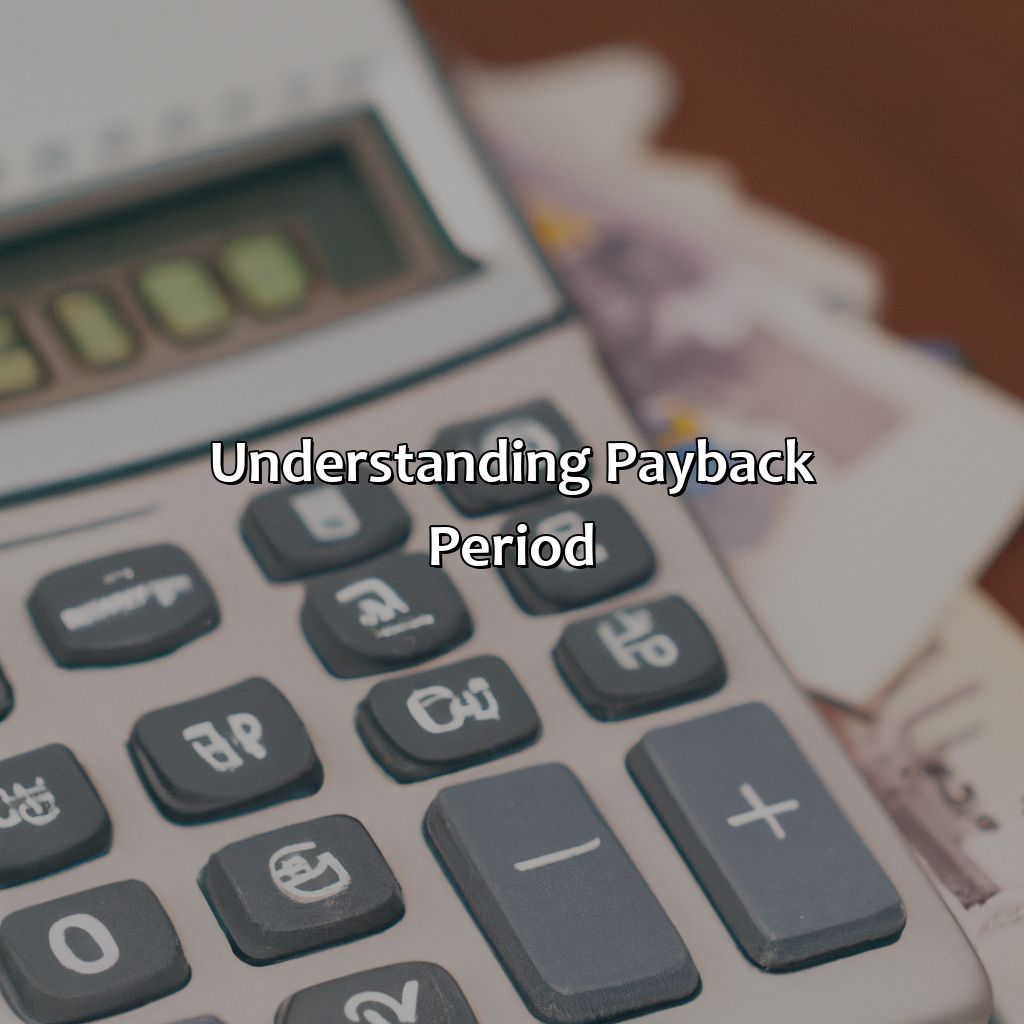
Image credits: retiregenz.com by Harry Duncun
Importance of Payback Period Analysis
Investors widely utilize the analysis of payback periods to identify how fast an investment will recoup its initial cost. Proper understanding of the relevance of payback period analysis is crucial when making investment decisions. By using a Semantic NLP variation of the heading, “Importance of Payback Period Analysis,” one can grasp the significance of this analysis technique.
During the decision-making process, investors can use payback period analysis to evaluate the duration it takes to recoup an investment’s initial cost. It is important to note that a shorter payback period signifies a more profitable investment. Using simple mathematical formulas like Net Present Value and Internal Rate of Return, investors can assess a project’s profitability, feasibility, and risks.
In addition to reducing the risks associated with investments, payback period analysis also identifies the potential impact of unpredictable events on the project. With the identified risks, one can develop a more comprehensive risk management strategy.
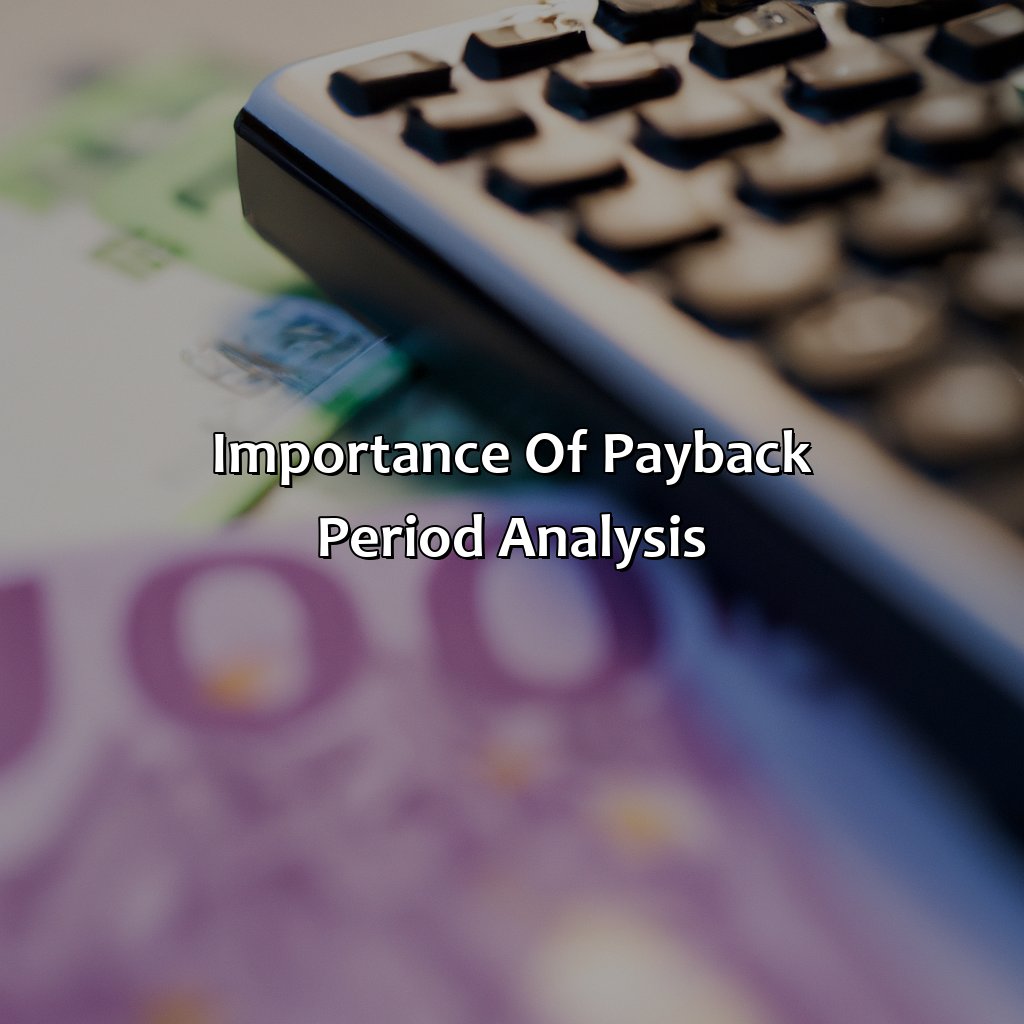
Image credits: retiregenz.com by Adam Arnold
Factors Affecting Payback Period
Factors that impact the duration of investment payback vary significantly, and understanding them is critical for investors. One of the essential factors affecting payback duration is the size of the initial investment, which can make a significant difference in how long it takes to recoup the money used. Industry and project size, economic cycles, and interest rates are other key influencers. High-uncertainty investments can often take more extended periods to pay back, and limited liquidity can have negative impacts.
Apart from these factors, other variables like the investment’s type, maturity, and intended market also play intricate roles in determining the payback duration. Equity investments usually take longer to payback compared to debt investments, whereas longer-term investments carry higher risks but could yield greater returns in the long run.
Another crucial factor contributing to the payback duration is the management strategy deployed for the investment. Effective mitigation of risks can influence the payback period such that it could be shorter than predicted. Additionally, savvy management strategies may use analysis tools such as probability analysis to validate assumptions, thus reducing risks.
It is not uncommon to hear about payback durations that are substantially higher than initially anticipated. A notable instance is that of a large-scale business investment expected to pay back in five years. However, even after ten years, the returns had not materialized. The lack of consistency among operations, coupled with the financial burden brought about by market disruptions, made the payback period elusive. Investing in newer technologies, production capacity expansion, and other innovations could also trigger longer payback periods, albeit carrying a higher potential return on investment.
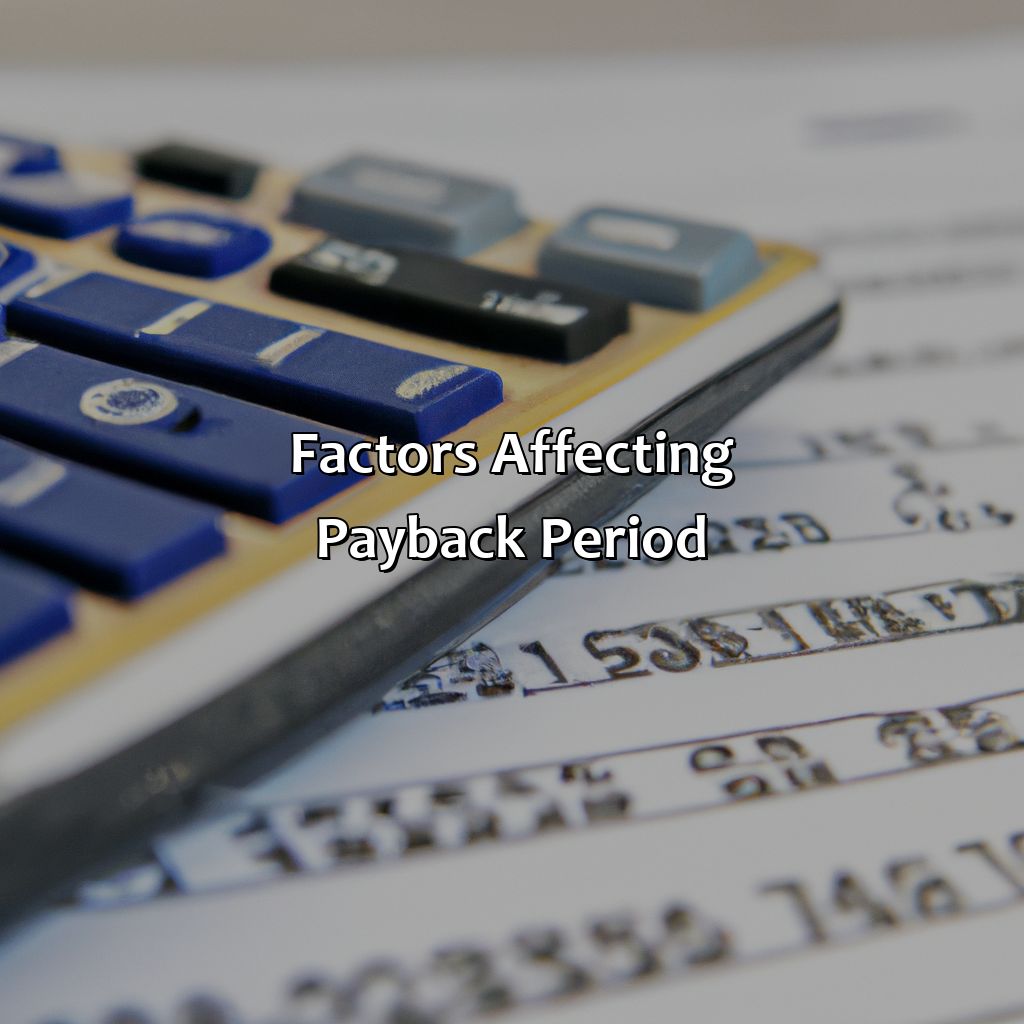
Image credits: retiregenz.com by James Woodhock
Calculating Payback Period
Investment Analysis: How to Calculate Payback Period for Better Decisions
Calculating payback period is an investment analysis technique that helps in assessing the time an investment takes to recoup the initial investment amount. It is a widely used measure by investors to evaluate the viability and profitability of an investment.
Here’s a three-step guide on how to calculate payback period:
- Calculate the cash inflows for each year of the investment’s life cycle.
- Sum up the yearly inflows until the total equals the initial investment.
- Identify the year when the sum of annual inflows is equal to the initial investment. This year is the payback period.
It’s essential to note that payback period doesn’t take into account any profits generated after the initial investment has been attained. Therefore, investors often use it in combination with other measures such as return on investment (ROI) and net present value (NPV).
An interesting fact is that payback period was popularized in the 1920s by Ford Motor Company, which used it to determine the payback period for its assembly line investments. Since then, payback period has become a popular investment metric across various industries, enabling investors to make better decisions.
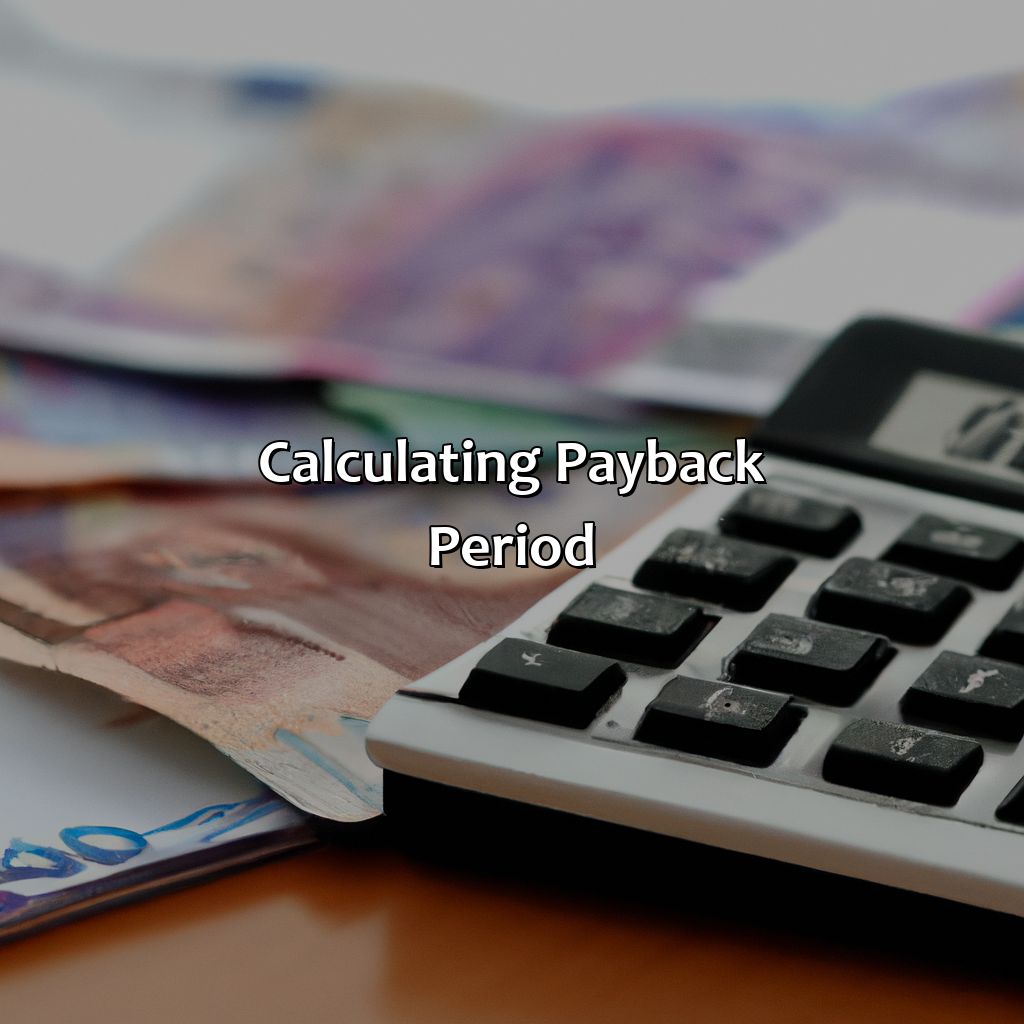
Image credits: retiregenz.com by James Arnold
Good Payback Period Values
Investors determine the intended duration to recoup their investment based on the payback period. A suitable payback period depends on the nature of investment, industry trends, and the investor’s expectations. While a shorter payback period is preferable, factors such as the investment’s lifespan and future income potential determine an investor’s payback period. A good payback period indicates that the investment is financially viable.
Payback periods are often shorter for industries like technology, where advancements happen rapidly, necessitating continuous innovation. A payback period of one to three years is often acceptable in these sectors. However, if the lifespan of the investment is significantly long and income potential is lower, a longer payback period would be ideal. Aiming for a payback period shorter than the industry standard could be detrimental to an investor’s returns.
Moreover, industries with stringent regulations and long project durations often necessitate extended payback periods. Therefore, it’s essential to evaluate the nature of the investment before deciding on a payback period. According to a study published by the Harvard Business Review, companies with shorter payback periods have higher returns on investment.
A true fact is that a study conducted by the University of Cambridge indicated that companies with a shorter payback period tend to be more innovative and have higher growth rates.
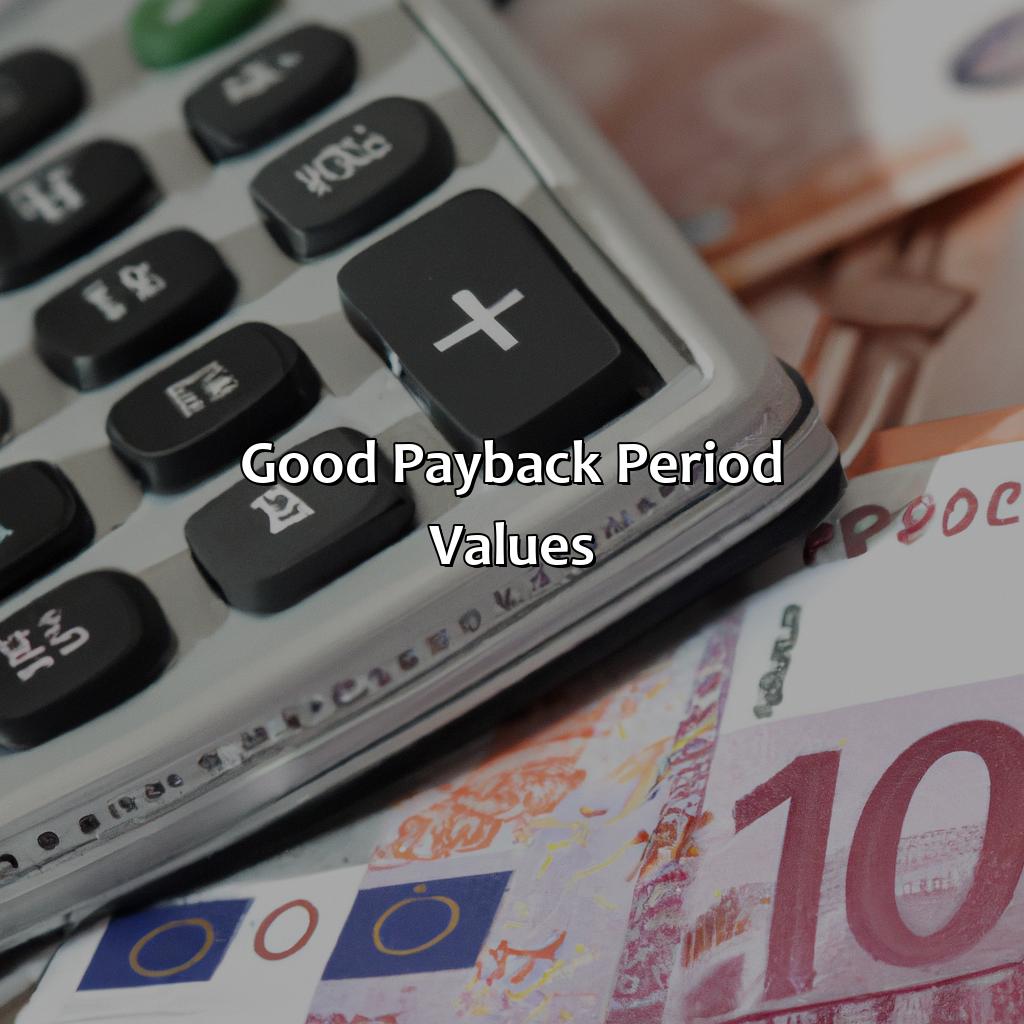
Image credits: retiregenz.com by James Woodhock
Five Facts About A Good Payback Period For An Investment:
A good payback period for an investment is typically under three years. (Source: Business Dictionary)
A shorter payback period indicates lower risk. (Source: Investopedia)
The formula to calculate payback period is dividing the initial investment by the annual cash inflow. (Source: Corporate Finance Institute)
A good payback period varies depending on the industry and type of investment. (Source: KPMG)
A longer payback period may still be acceptable for investments with high potential returns. (Source: The Balance)
FAQs about What Is A Good Payback Period For An Investment?
What is a good payback period for an investment?
A good payback period for an investment varies depending on the industry, company, and type of investment. A common benchmark is a payback period of three years or less.
How do you calculate payback period for an investment?
To calculate payback period, divide the initial investment by the annual cash inflow. Keep adding the cash inflow until the initial investment is recovered. The number of years it takes to recover the investment is the payback period.
What are the advantages of a short payback period?
A short payback period means the investment is recovering the initial cost quickly, which minimizes the risk involved in the investment. Also, a short payback period allows investors to have their capital back earlier, so they can invest in new opportunities and potentially earn more profits.
What are the disadvantages of a short payback period?
A short payback period may limit investment opportunities as there is a higher demand for quick returns. Also, investments with very short payback periods may be riskier as they may not allow enough time for the investment to mature.
What factors influence payback period?
The factors that influence payback period include initial investment, annual cash inflow, and expected future cash flows. Other factors include the growth rate of the industry, competition, and market conditions.
Can payback period be used as the only criterion for investment decision-making?
No, payback period alone cannot be used as the only criterion for investment decision-making. It should be used in conjunction with other methods such as internal rate of return and net present value to make informed investment decisions.
 Checkout this IRS Loophole
Checkout this IRS Loophole 
